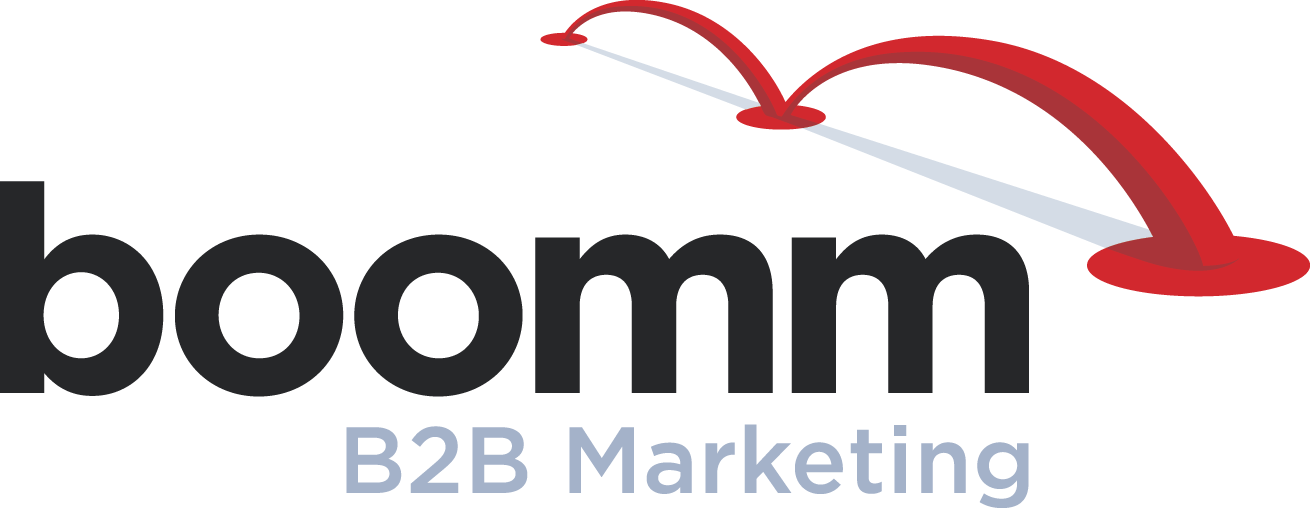The Three Types of Digital Media and How to Make Them Work for You
In the fast-expanding field of digital media, content is king. Companies are working hard to produce new content that will reach a wide audience and capture new customers. However, not all content is created equal, and not every type of media is suited for a marketing strategy. In this two-part blog series, we’ll explore the three main types of digital media, what they are, and how to use them to your advantage. This post will give an overview of the three types of digital media.
Paid Media. Paid media is what most people think of when they think of advertising. It’s the most traditional of the three types of digital media—you pay to leverage an existing channel. Examples include digital display ads, paid search, and native advertising. Paid media lets you reach a large-scale audience and direct attention to your content that wouldn’t otherwise find it. For example, if you don’t rank on the first page of Google for an important keyword, buying an AdWords ad for that keyword will get you views that you couldn’t get organically. The downside of paid media is that audiences are bombarded with ads in almost every sphere of their lives, and seeing another ad might not elicit a strong response from them. But if used correctly, it can be a great way to draw in new customers to your content. The goal of using paid media is for the value of this access to dramatically outweigh the cost in dollars of the ad or promotion.
Earned Media. Earned media is often referred to as “online word of mouth.” It includes SEO rankings, social media mentions, and content getting picked up by a third party. In effect, your customers become your promotion channel. Earned media is free, acquired by good strategic practices on social media and SEO, as well as good PR practices. You can’t buy someone’s good opinion online, which is why this is known as “earned” media—you have to work for it.  Sometimes that work can be quite hard, especially if your business is in a highly competitive field. But it can be immensely effective because of its organic nature. It’s also more credible than a paid ad—more people will listen to a real person’s endorsement. Earned media can be problematic because you don’t control it, and sometimes your stakeholders have negative opinions of your service. However, word of mouth is a key sales driver, so cultivating earned media is very worthwhile.
Sometimes that work can be quite hard, especially if your business is in a highly competitive field. But it can be immensely effective because of its organic nature. It’s also more credible than a paid ad—more people will listen to a real person’s endorsement. Earned media can be problematic because you don’t control it, and sometimes your stakeholders have negative opinions of your service. However, word of mouth is a key sales driver, so cultivating earned media is very worthwhile.
Owned Media. Owned media is perhaps the least understood of the three types of digital media. It’s any media that is controlled directly by your brand, such as your company website, blog, or social media account. Everything that you publish on this channel is yours, and you can adapt or change content as you need. Promoting your company on your Twitter account costs far less than promoting it with an AdWords ad. Owned media builds off your existing relationships with customers as well as drawing in prospects who are further along in the decision-making process. When your audience interacts with your owned media properties, they’re often drawn to explore more of your content—if someone likes a blog post on your website, he might click around and view your company capabilities. Owned media also has the benefit of longevity. Advertisements will only run for so long, but your website will continue to draw in customers as long as it’s active and updated. The downside is that there are no guarantees. You could be creating high-quality, well-branded content, and only have a few people view your site each week.
These three types of digital media each have their advantages and disadvantages, which is why they shouldn’t be used in isolation from each other. In next week’s blog post, we’ll discuss how to use these three types of media together in order to create a robust digital media strategy.


